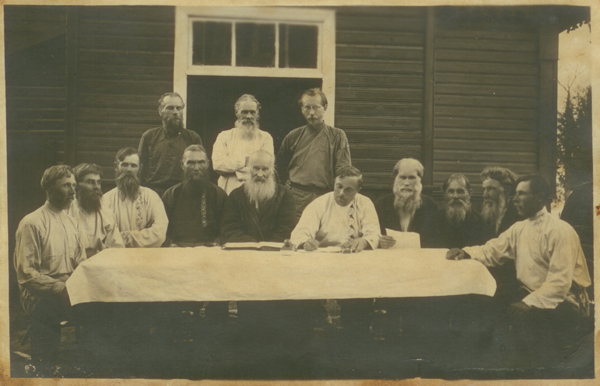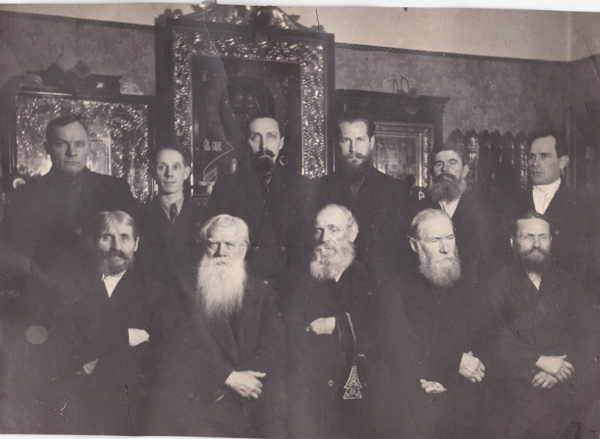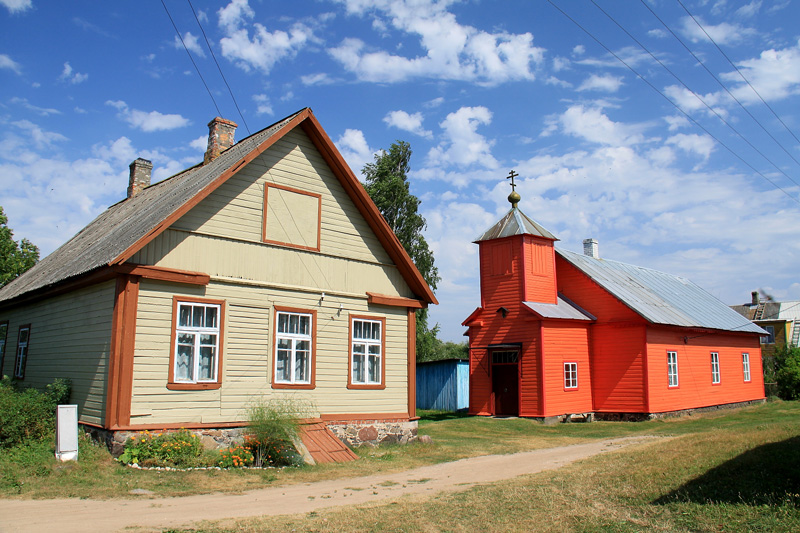PIIRISSAAR AND THE OLD BELIEVERS

The oldest village on Piirissaar, with its Russian inhabitants, dates back to 1370. It is called Saare village, or "Желачек" in Russian.
During the episcopacy of Tartu, Piirissaar was divided between Tartu and Pskov.
After the Great Northern War, one part of the island (Piiri village or Межа in Russian) was occupied by the Livonian Governorate (Kastre Manor) and the other part (Saare village) by the Pskov Governorate.
In 1862 a new house of prayer and worship measuring 120 square metres was built with donations from the residents of Saare village.
In the early years of the 20th century there were 300-400 people in the Piirissaar congregation.
During the period of the Estonian Republic, up to 1200 people lived on Piirissaar; nearly a quarter of them were Estonians, while the rest were Russians, mainly Old Believers. There were two Old Believers' houses of prayer and worship on the island, one Orthodox church and one Lutheran church.


In 1924 two Old Believers' congregations were registered on Piirissaar: that of Piiri village and that of Saare village.
The house of prayer and worship in Piiri village burned down during World War II.
Thus all of the Old Believers on Piirissaar gathered in the Saare village house of prayer and worship during the post-war period. In 1952 up to 400 people visited the church during great church holidays.
On 16 May 2016 there was a large fire in Saare village that destroyed its house of prayer and worship along with three homes.